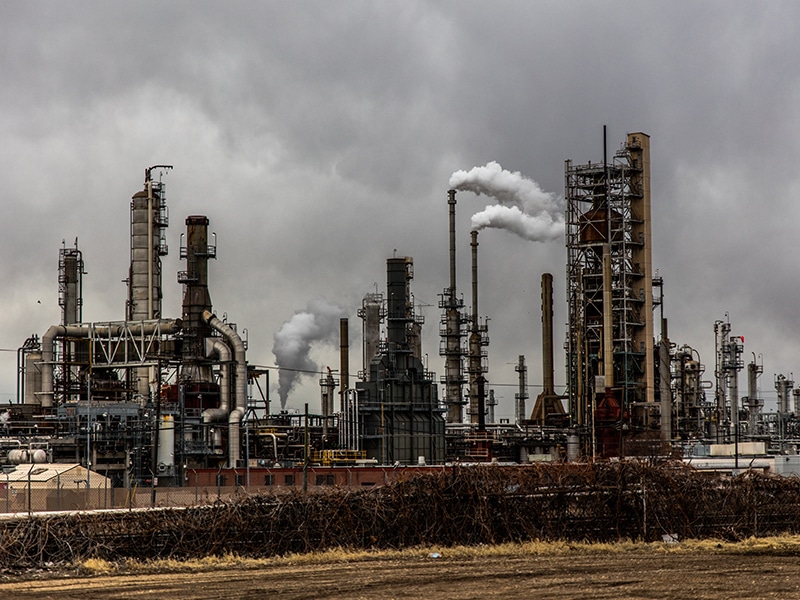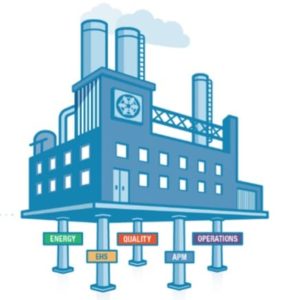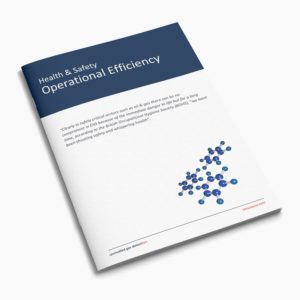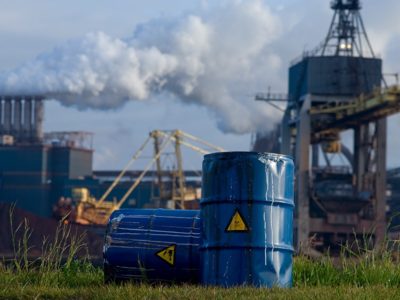
Monitoring Benzene
Formula: C6H6 | CAS: 71-43-2
Protecting both people and the environment while meeting the operational needs of your business is paramount and if you have operations in the US you will be well aware of the requirements of the Code of Federal Regulations (CFR).
Similar legislation exists worldwide, the common theme being an onus on hazard identification, risk assessment and the provision of appropriate control measures.
Benzene Health and Safety Operational Efficiency
Efficiency | Turnaround | Emissions
Clearly, in safety-critical sectors such as oil & gas, there can be no compromise in EHS because of the immediate danger to life but for a long time, according to the British Occupational Hygiene Society (BOHS), “we have been shouting safety and whispering health”. This was actually said in the context of toxic dust exposure but is equally applicable to volatile organic compounds (VOC) like benzene, which is a hazardous chemical found in crude oil and used in the manufacture of plastics. Acute symptoms of exposure include headache, dizziness and in extreme cases, loss of consciousness but repeated exposure can lead to chronic diseases such as leukemia. Individuals who have experienced benzene poisoning requiring treatment show a substantially increased risk of mortality from leukemia.
”Generally speaking, health and safety has historically been seen as a barrier to productivity, even the butt of the occasional joke. The worst scenario is people continuing to act in an unsafe manner when no one is looking thinking that in cutting corners they are getting the job done more quickly. However, there is now widespread consensus to the contrary that a strong health and safety (H&S) culture is good for business when viewed as an investment, not a cost and as a vital component of overall business strategy. Creating a sustainable business through continuous improvement leading to operational excellence (OpEx) is a major strategic objective.
LNS Research
LNS say that continuous improvement initiatives depend on a cross-functional OpEx ‘platform’ comprising:
- Energy – reduced usage
- Environment, Health, and Safety (EHS)
- Quality – zero defects
- Asset performance management (APM)
- Operations – efficiency
Plant Turnaround
Hazardous chemicals that pose a risk to humans are normally safely transported within the process but obviously, during plant turnaround, this is no longer the case. As lines and reaction vessels are opened they pose a significant risk of overexposure, without appropriate control measures. Concentrations can be several hundred (or even thousand) times higher than the occupational exposure limit (OEL)
– Energy Information Administration (EIP)
Download our FREE Guide
“Benzene Health and Safety Operational Efficiency”
The benzene health and safety operational efficiency guide which can be downloaded below provides the reader with an in-depth balance of knowledge covering fugitive emissions that can occur from pumps, valves, flanges, storage tanks, or during loading and unloading. Along with talking about fugitive emissions we also cover areas regarding operational efficiency and plant turnaround where PIDs are a proven solution for fixed, portable, or personal monitoring applications of VOCs across the whole plant at any time during normal production or turnaround.

Related Guides
Gas Detection Equipment for the Detection of Benzene
Download your FREE Guide
Simply complete the form below to obtain your FREE Guide on “Benzene Health and Safety Operational Efficiency”.








